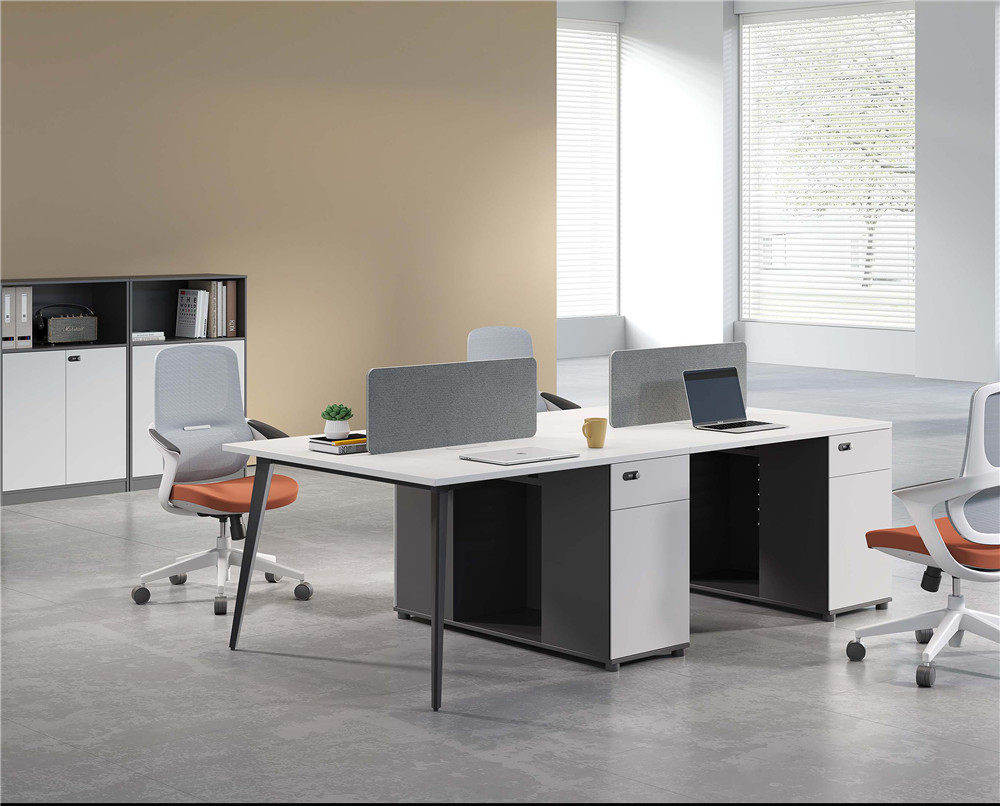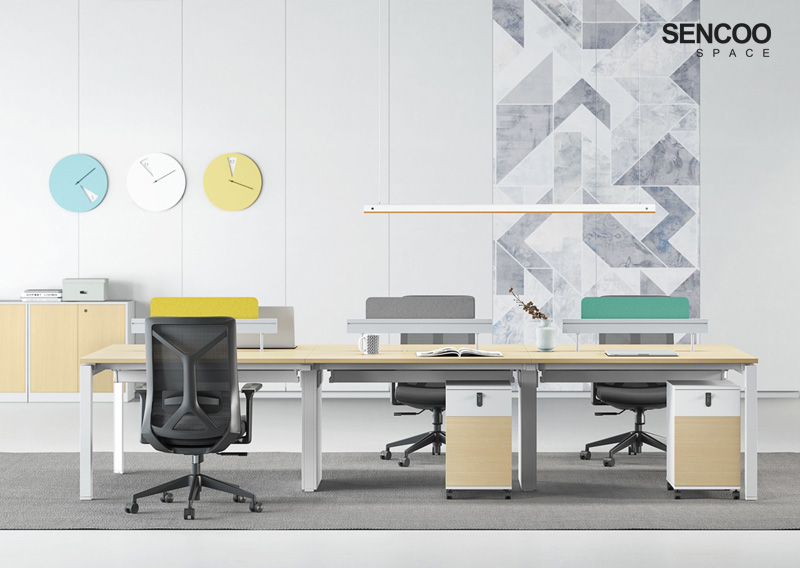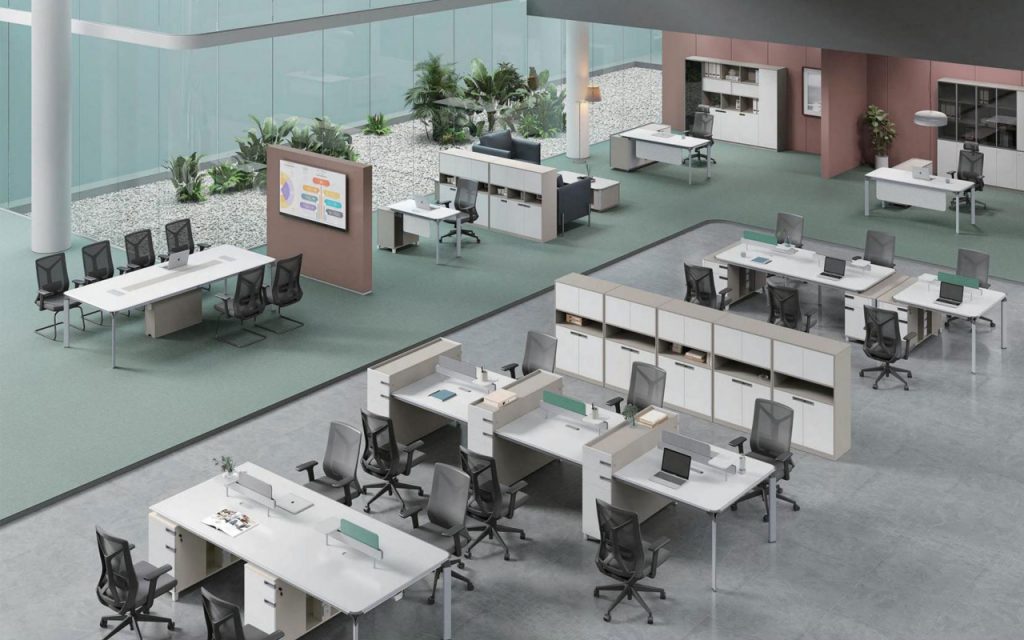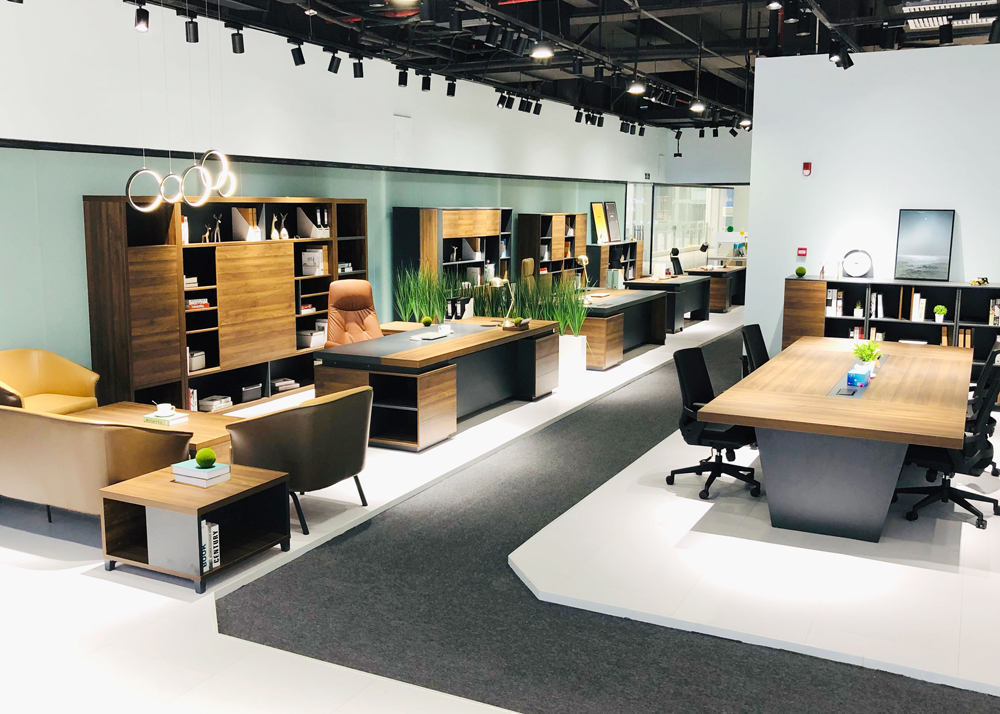When purchasing office desks, a well-planned budget not only helps a company save money but also improves the overall work experience for employees. Here are some steps and strategies to help you budget effectively for office workstation desk purchases.

First, clarify your office layout and actual requirements. Consider the following points:
1. Space Layout:
Measure the actual office space to ensure the desks you choose fit well within the layout.
2.Desk Types and Quantities: 、
Determine the required types and quantities of desks (such as workstations, conference tables, executive desks, etc.) based on the number of employees and different work areas .
3.Functional Requirements:
Assess the functional needs of the desks, such as whether they need to be height-adjustable, have storage features, or comply with ergonomic standards.
Before setting a budget, conduct thorough market research to understand the prices and characteristics of products from different brands and suppliers:
1.Brand and Supplier Comparison:
Compare product quality, design styles, and prices across different brands. You can gather information by visiting supplier websites, reading customer reviews, or visiting showrooms in person.
2.Material and Durability:
Consider how the desk materials (such as wood, metal, glass, etc.) and durability impact the price. High-quality materials may be more expensive but generally offer a longer lifespan.
3.Bulk Purchase Discounts:
Inquire whether suppliers offer bulk purchase discounts or long-term partnership benefits to reduce the cost per item.
When planning your budget, take a comprehensive approach to the entire procurement project:
1.Set a Total Budget:
Based on your company’s financial situation and the results of market research, set a reasonable budget range.
2.Cost Allocation:
Break down the total budget by desk types and quantities. Ensure that the needs of different work areas are met.
3.Additional Costs:
Remember to include delivery, installation, and possible after-sales service costs. Incorporate these additional costs into the budget to avoid overspending.
4.Emergency Reserve:
Reserve some contingency funds in the budget to handle unexpected demands or price fluctuations.
When selecting desks, focus not only on price but also on quality:
1.Value for Money:
Avoid focusing solely on the lowest price. Although high-quality office desks may have a higher initial investment, their longer lifespan often results in better overall value.
2.Warranty and After-Sales Service:
Understand the product’s warranty policies and after-sales services, as these can significantly impact the product’s long-term use.
In addition to the purchase price, consider the long-term costs of office desks:
1.Maintenance and Repair Costs:
Choose desks that are easy to clean and maintain, which can reduce long-term usage costs.
2.Eco-Friendliness and Sustainability:
Selecting desks made from eco-friendly materials not only benefits employee health but also enhances the company’s green image.
Optimizing the procurement process can further control costs:
1.Bidding and Negotiation:
Obtain the best quotes through bidding or soliciting multiple quotes. Negotiate with suppliers to secure additional discounts.
2.Internal Audit:
Establish a strict internal audit mechanism to ensure the procurement process is transparent, reasonable, and within the budget.

Through careful budget planning, companies can control costs while providing employees with a comfortable and well-equipped work environment. Regularly reviewing and adjusting the procurement budget can also help companies adapt more flexibly to changing needs.

